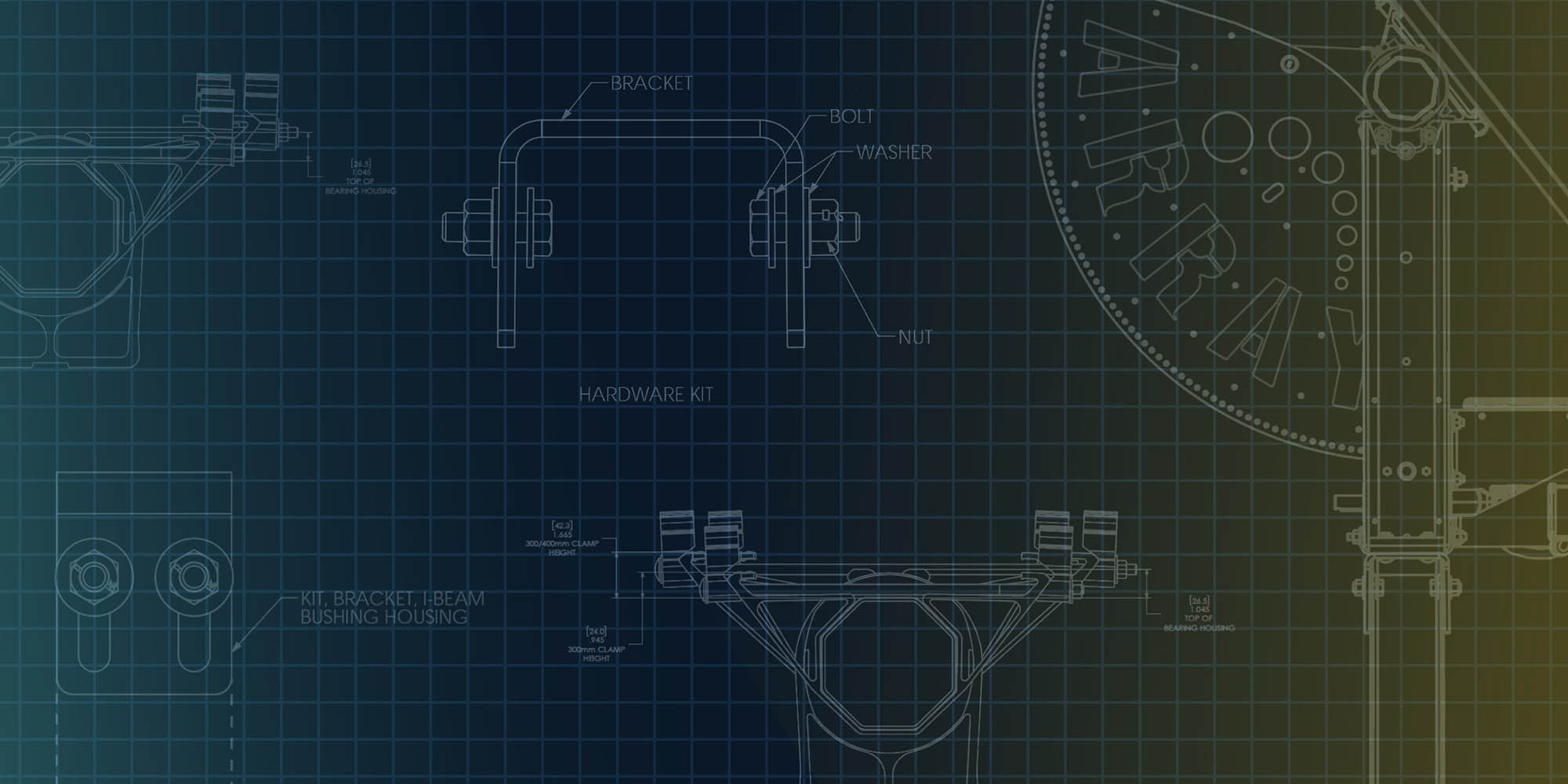Corrosion and Galvanization: A Primer
It’s no surprise that steel corrodes. It’s also no major revelation that steel corrodes at different rates in different environments. Steel in the arid desert will last much longer than steel exposed to ocean spray. Similarly, steel that is embedded in the ground also corrodes, and corrodes at different rates depending on the composition of the soil.
Steel corrosion is an electro-chemical process whereby oxygen combines with the iron in the steel to form iron-oxide (rust). Environmental conditions in the soil can either promote or deter corrosion. For example, soils with higher moisture content will accelerate corrosion rates whereas dry soils tend to corrode steel at a slower rate. Soils that are highly acidic or highly alkaline tend to corrode steel faster than soils that have a more neutral pH. Soils with a low electrical resistivity promote the transfer of electrons and facilitate faster corrosion rates whereas soils with higher electrical resistivity interfere with the transfer of electrons and slow the corrosion process.
Relative descriptions like “more corrosive” and “less corrosive” are fine. But if you are interested in designing a steel structure that is embedded in the ground, then you need to know how much corrosion to expect. Of the soil properties mentioned above, electrical resistivity provides a way to quantify corrosion rates. The Federal Highway Administration published results of a study that measured corrosion of steel and zinc in soils with different values of electrical resistivity. A geotechnical investigation should include either field measurements of the soil electrical resistivity or laboratory tests of the soil electrical resistivity; field measurements are preferred. With site-specific electrical resistivity and the FHWA study results, we can estimate corrosion rates. Combined with the project-specific design life, we can estimate the total amount of corrosion on an embedded steel pile and design it to have sufficient structural capacity throughout its design life. RPCS follows this approach on all foundation designs it produces.
There are ways to reduce the amount of corrosion that an embedded steel pile may experience. The most common is to galvanize the steel. Galvanization results in a thin layer of zinc bonding to the surface of the steel. Zinc will combine with oxygen more readily than iron. As a result, the zinc sacrifices itself to corrosion, thereby protecting the steel from corrosion, much the same way the anode rod in a water heater protects the steel tank from corroding. Unfortunately, the protection offered by the zinc coating is finite. Eventually the zinc is consumed, and the steel begins to corrode. There are limits to the thickness of the zinc coating, with thicker coatings becoming brittle and flaking off.
It is possible to incorporate external cathodic protection whereby zinc anodes are buried in the ground and electrically bonded to the piles. Like with galvanization, the zinc anodes are consumed and need to be replaced periodically. Each tracker needs to have one or more anodes bonded to it in order to be effective. There are also epoxy coatings that can be applied to the surface of the piles. These coatings prevent the soil from making direct contact with the steel, thereby preventing corrosion. As long as the epoxy is not damaged during pile driving operations, these coatings can be very effective since they are not consumed over time. These coatings can, however, be cost prohibitive on a large site with a large number of piles.
It is often more cost effective to upsize the pile and provide an allowance for the loss of steel section than to apply expensive coatings. But one size does not fit all, and every project is different. Alternative methods of protection still have a place and can be considered.
RPCS has developed tools for modeling the corrosion of steel piles and its effect on pile capacity; and we can design foundations in the most corrosively challenging soils. We are also experienced in the use of protective coatings. As a result, facility owners can be confident that the asset we provide for them will stand the test of time.
For more information on RPCS’ design and engineering solutions, see RPCS’ services page.
Meet Mario Colecchia
Senior Structural Engineer
Welcome to RPCS’s Solar Engineering Blog Series: Everything You Wanted To Know About Solar Engineering But Were Afraid To Ask! Over the course of the year, Senior Structural Engineer Mario Colecchia will be providing an in-depth look at popular solar engineering topics while offering unique insights into RPCS’s project design challenges, solutions, and expertise.

